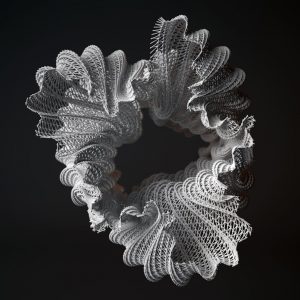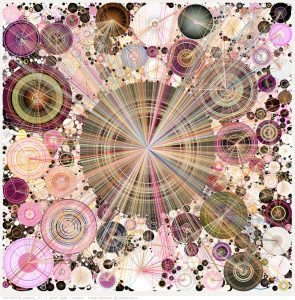
This is a work by Benjamin Dillenburger called Rocailles. Professor Dillenburger is a professor of architecture at the University of Toronto. What I find amazing about this work (and other Dillenburger works as well) is how it uses parametricism to generate beautiful sculptures. What I also admire about many of Dillenburger’s works is that they look that they are incredibly random, but have a computational formula behind how the forms are constructed. As an architecture student, I am pretty familiar with parametricism because it is now part of our core curriculum in school. Architecture now is turning to parametricism and computational design for housing units and designing buildings that can be integrated and be built by robotics. I have never been a big fan of computational design in architecture, but I love computational design when it comes to sculptures, installations, pavilions, and smaller scale works in general.
http://benjamin-dillenburger.com/projects/
![[OLD FALL 2018] 15-104 • Introduction to Computing for Creative Practice](../../wp-content/uploads/2020/08/stop-banner.png)



